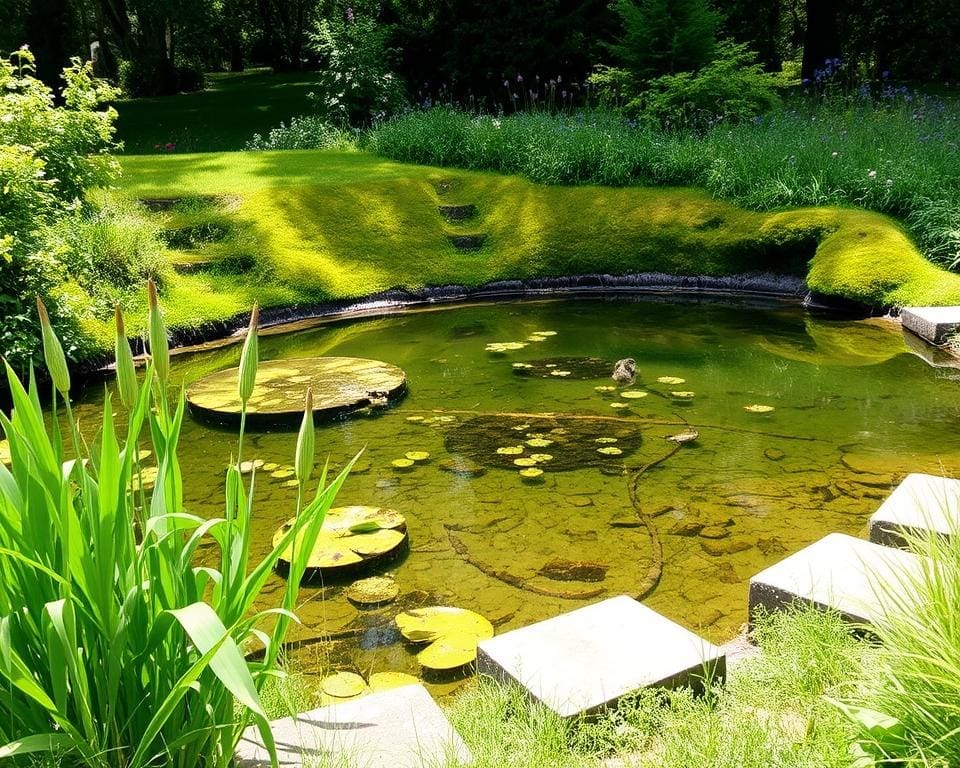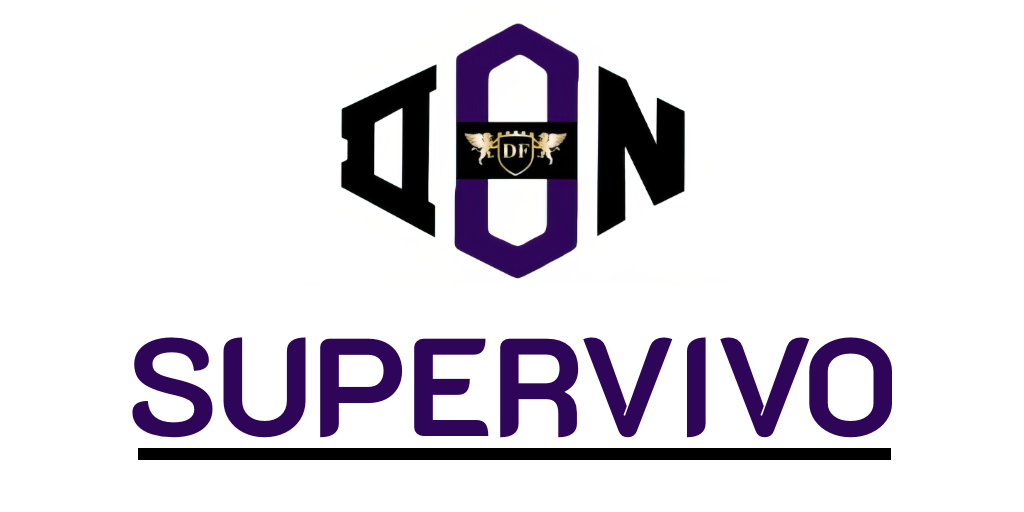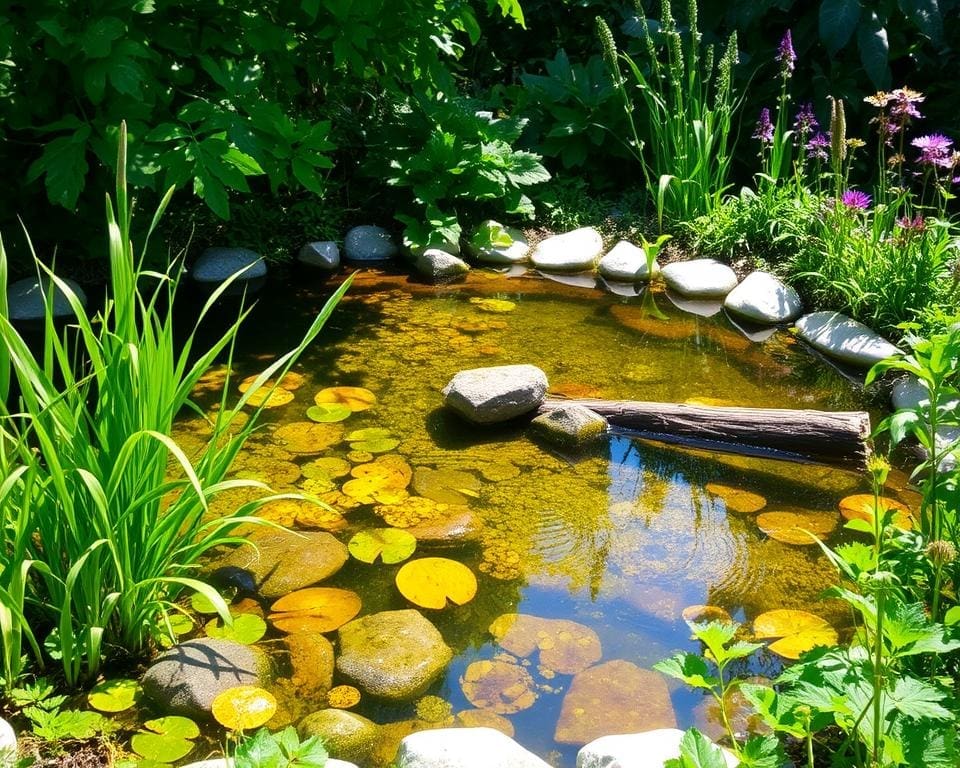Creating a mini wildlife pond can be a fulfilling and rewarding endeavour that enhances your garden’s biodiversity and aesthetic appeal. This weekend project not only provides an opportunity for individuals and families to connect with nature but also allows for the construction of a small water feature that serves as a vital habitat for various forms of wildlife. By embarking on this inspiring journey, you can transform your garden into a thriving ecosystem. All it takes is a bit of knowledge, some essential materials, and a sprinkle of creativity. Could you build a mini wildlife pond this weekend?
What is a Mini Wildlife Pond?
A Mini Wildlife Pond serves as a crucial element in creating a vibrant garden ecosystem. This small body of water attracts various wildlife species, enriching your outdoor space with life and colour. Understanding the significance of a Wildlife Habitat Pond helps in realising its role in promoting biodiversity. It acts as a miniature eco-system where aquatic plants thrive, nurtured by sunlight and water.
Understanding the Concept of a Wildlife Habitat Pond
A Wildlife Habitat Pond is more than just a water feature; it is a sanctuary for various forms of wildlife. By providing a consistent water source, this pond supports frogs, dragonflies, bees, and birds, all of which contribute to the environment’s overall health. Incorporating a Mini Wildlife Pond can enhance local biodiversity while creating a tranquil oasis for its caretakers.
Benefits of a Small Wildlife Pond in Your Garden
The Benefits of a Small Wildlife Pond extend beyond aesthetic appeal. It acts as a natural water source while helping in pest control, as many species that inhabit these ponds feed on common garden pests. Additionally, a wildlife pond fosters educational opportunities, allowing children and adults alike to learn about nature in a hands-on manner. The presence of water also enhances the garden’s humidity, creating a more favourable environment for a variety of plant species.

Could You Build a Mini Wildlife Pond This Weekend?
Embarking on a weekend wildlife pond project begins with an understanding of your space and the resources at your disposal. The size of your garden plays a vital role in determining what you can create. A well-planned mini pond not only enriches your garden but also supports local wildlife. Evaluating the right location for your pond is essential. Look for a spot that captures a mix of sunlight and shade while considering the natural landscape of your backyard.
Assessing Your Space and Resources
Think about the dimensions of the area you wish to dedicate to your pond. Smaller spaces can accommodate compact designs, while larger gardens allow for more elaborate formations. Pay attention to any existing features, such as trees and shrubs, which can either enhance the aesthetics or present challenges, depending on their proximity to the intended site. Soil type and drainage conditions must also be factored in, as they will impact the pond’s success during backyard pond building.
Gathering Necessary Materials for Your Pond
Once you have assessed your space, gather the materials that will bring your vision to life. Essential items for your weekend wildlife pond project include a pond liner, stones, and a selection of aquatic plants. You may also want to collect tools such as shovels, a hose for water supply, and a level for ensuring proper set-up. Planning ahead will allow you to spend more time enjoying the process rather than rushing last-minute errands.
Planning Your Weekend Wildlife Pond Project
Creating a Mini Wildlife Pond offers a wonderful opportunity to blend nature with your garden. Planning is a crucial step for a successful DIY project. Start by considering the overall design ideas for a DIY wildlife pond that will complement your outdoor space. Brainstorm different shapes and styles, taking inspiration from natural bodies of water. A circular pond can create a focal point, while a free-form design can foster a more organic feel.
Design Ideas for a DIY Wildlife Pond
The design of your pond can influence its functionality and appeal to wildlife. Consider adding layers and varying planting depths to create a diverse habitat. Elements such as rocks can provide shelter for aquatic creatures and help with natural filtration. Incorporate gently sloping edges to allow easy access for species like frogs and newts. These details enhance the ecological value and aesthetic of your mini wildlife pond.
Choosing the Right Location for Your Pond
The selection of an appropriate spot is fundamental for the health of your new wildlife habitat. Aim for an area that receives a balance of sunlight and shade, as this will promote healthy plant growth while ensuring the water remains cool. Avoid locations under large trees to prevent excessive leaf fall. A sheltered site can protect your pond from strong winds, ensuring a stable environment for insects and amphibians.
Steps to Build Your Mini Wildlife Pond
Building a mini wildlife pond can be a rewarding endeavour that not only beautifies your garden but also supports local wildlife. Understanding the essential steps involved sets the foundation for a successful project. Let’s explore the key phases in creating your own peaceful haven.
Excavation Tips for a Small Wildlife Pond
Proper excavation serves as the first step to build your mini wildlife pond. Begin by determining the size of your pond according to your space. Use a spade to dig out the area, aiming for varied depths. This approach creates habitats suitable for different species. Soft, sloping edges allow easy access for small animals, while deeper sections help regulate water temperature.
Installing Pond Liners and Fill Materials
After excavation, the next phase consists of laying down pond liners. These liners prevent water from seeping into the surrounding soil. Choose high-quality materials to ensure durability. Following this, it is vital to select appropriate fill materials for pond. Consider gravel and natural stones to enhance drainage and support aquatic plants.
Adding Plants and Features for Wildlife
Completing your pond with plants and wildlife-friendly features invites a vibrant ecosystem. Introduce native aquatic plants that provide shelter and nourishment. Additionally, adding rocks or logs as resting spots creates a refuge for frogs and insects, enriching the biodiversity of your mini wildlife pond.
Creating a Backyard Pond for Wildlife
Establishing a backyard pond for wildlife is an enriching endeavour that brings nature closer to home. This undertaking requires careful consideration of the right flora and fauna to create a balanced ecosystem. The selection process can greatly influence the health and vibrancy of your pond, making wildlife more likely to visit and thrive.
Choosing the Right Flora and Fauna
When nurturing a backyard pond for wildlife, selecting native plants is crucial. Options like water lilies and reeds not only flourish in local conditions but also provide essential shelter and sustenance for various species. Incorporating beneficial fish or amphibians, such as local frogs or native fish species, further enriches your pond’s ecosystem and attracts diverse wildlife, enhancing its overall appeal.
Maintaining Your Mini Pond for Longevity
Ongoing care plays a vital role in creating a sustainable environment. Regularly monitoring water quality, clearing debris, and managing algae blooms are key activities for maintaining your mini pond. Implementing these practices ensures a thriving habitat for wildlife, fostering long-term interactions between nature and your home.
Enhancing Your Pond to Attract More Wildlife
Creating a thriving mini wildlife pond involves more than just water. Enhancing Your Pond for biodiversity can be a rewarding endeavour that encourages various species to visit. Simple adjustments and natural enhancements can create a vibrant ecosystem, making your pond a lively haven for wildlife.
Using Natural Additives and Filtration Systems
Utilising natural additives plays a key role in maintaining water quality. Adding beneficial bacteria can significantly improve clarity and health, making your pond a welcoming environment. Incorporating a filtration system can ensure cleaner water, which benefits plants and creatures alike. This approach not only improves aesthetics but also plays a vital role in attracting wildlife.
Creating Shelters for Amphibians and Insects
Creating Shelters for Amphibians can boost your pond’s appeal. Incorporating natural materials such as stones, logs, and native plants offers essential resting and breeding habitats. These environments support not only amphibians but also various insects, increasing the overall biodiversity around your pond. Laying down fine gravel or sandy spots can also provide necessary breeding grounds for beneficial insects.
Inspiring DIY Wildlife Pond Projects from Enthusiasts
Exploring the world of DIY wildlife ponds unveils a treasure trove of creativity and ambition among enthusiasts. Many passionate gardeners have shared their experiences in online forums and community groups, showcasing a diverse range of DIY wildlife pond projects. These fascinating examples highlight how ordinary spaces can be transformed into vibrant ecosystems that invite a plethora of wildlife. From rustic designs featuring natural stone edges to modern ponds enhanced by creative lighting, the possibilities are endless.
These inspiring DIY wildlife pond projects offer invaluable insights for anyone considering a similar venture. Enthusiasts frequently discuss the materials they used, the challenges they faced, and the unique features they incorporated to attract various species. By embracing these real-life stories, aspiring pond builders can adapt ideas that resonate with their personal style and environmental goals, ultimately creating a bespoke wildlife habitat that thrives.
Whether you’re a seasoned gardener or a novice looking to connect with nature, these DIY wildlife pond initiatives can spark innovative ideas for your own project. As you embark on your pond-building journey, remember that the collaboration and sharing of experiences within this community can serve as a robust source of inspiration to help you craft a truly enchanting wildlife pond.









